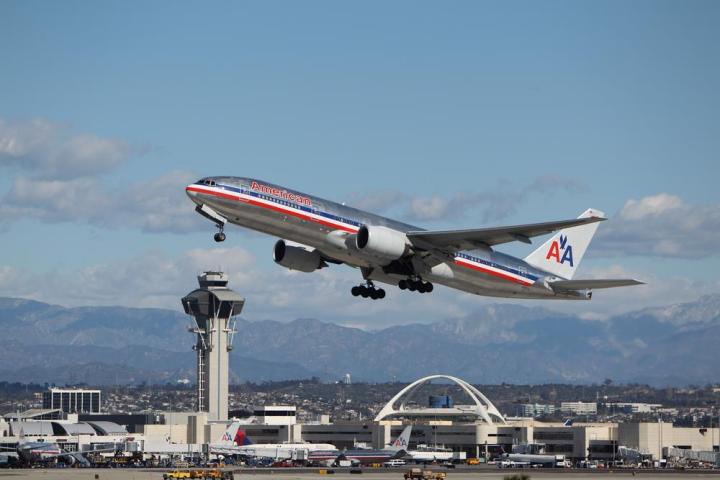
The airline did the same for its pilots last year, replacing their bulky 35-pound kitbag with a 1.2-pound iPad. The move has not only saved the airline an estimated $1.2 million in fuel costs annually, it’s also resulted in fewer injuries among crew members. That’s right, those flight bags – manuals containing information such as navigation charts and details on every aspect of the aircraft – were so darn heavy they caused some pilots to put their back out.
Now it’s the turn of cabin crew attendants, each of whom has been handed a Galaxy Note device loaded before each flight with information on premium customers, special meals, connection gates, special services, and more.
Doing away with printing and shipping flight attendant manuals will enable the airline to make further savings to the tune of $300,000 a year. In addition, the lighter load should result in annual fuel savings of around $650,000, the carrier said.
Not the first…
American Airlines is by no means the first carrier to hand out mobile devices to staff. With the cut-throat industry constantly looking at ways to cut costs without compromising safety, lightening the plane load has proved an effective money-saving measure for other carriers, too.
Delta, for example, announced plans earlier this year to equip its flight attendants with Nokia Lumia phablets, while its pilots have for some time been using Microsoft’s Surface tablet in place of the traditional flight bag.
United Airlines pilots and British Airways cabin crew have also replaced flight manuals with tablets.
Of course, you can bet the tech giants are falling over each other to score contracts with the airlines. While Apple’s iPad seems to be favored by many carriers, Microsoft and Samsung have more recently also been enjoying some success with sales of their own devices.


